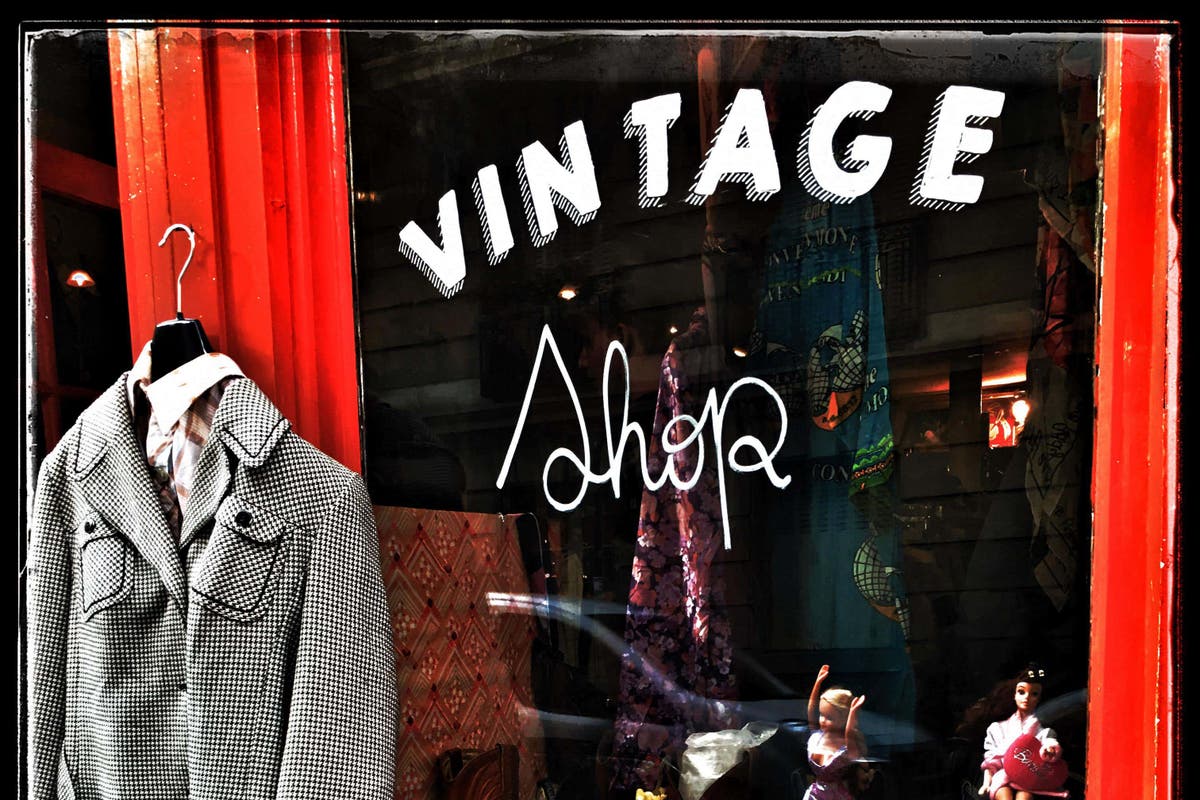A KEBAB shop in central Coventry is not an immediately obvious place to point to as an exemplar of high street regeneration, but is a good indication of what Bradford can expect as part of our fledgling Heritage Action Zone. Last month it was announced that the city would benefit from a £2 million funding boost courtesy of national body Historic England, and the City Council has recently been recruiting a project officer to lead on this crucial piece of the regeneration jigsaw. But back to Coventry.
The West Midlands city is one of a number of places to have previously benefited from HAZ funding (alongside the likes of Wakefield and Leeds incidentally), which saw a once shabby street transformed into a row of beautiful redbrick shops that wouldn’t look out of place in a John Lewis advert. But given that most of the stores in question were representative of the so-called ‘sin industries’ - think fast food, vaping, and gambling - it strikes me as a good example of how heritage and good design can help improve the image of a high street when consumer trends are battling against you. This is where most towns and cities have to be brutally honest with themselves.
The Ivegates and Cavendish Streets of yesteryear are unlikely to be thriving retail hubs again - the haberdashers and fine china shops are not coming back anytime soon. Instead, with the right conditions, there can be culture, cafes, perhaps the odd independent shop, but also there will be takeaways, vaping, and pa.


















